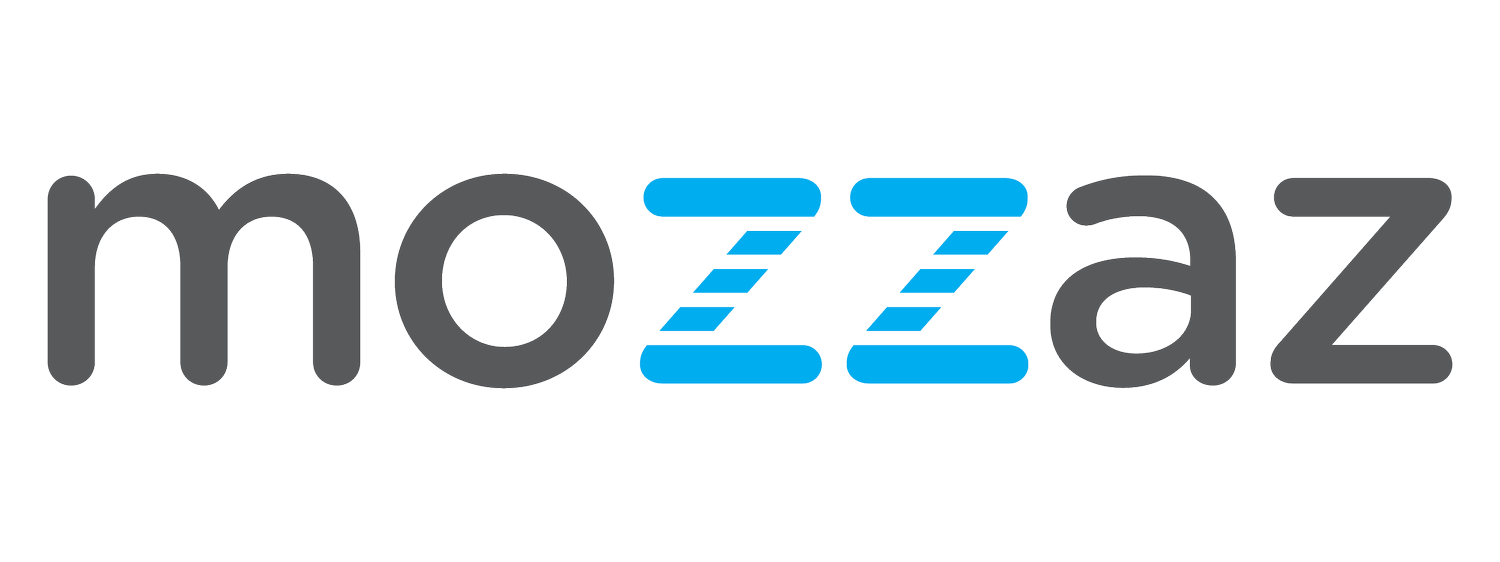What Is Patient Engagement in Healthcare
Want to expand your efforts on improving patient outcomes? Patient engagement is a valuable part of an overall strategy for better outcomes, and, as a result, is gaining traction across providers and care team members. That said, what is patient engagement in healthcare, exactly?
Generally, patient engagement refers to active involvement on the part of the patient. Everything from gathering information to making more knowledgeable decisions regarding symptoms, illnesses and treatment options falls under this expression.
However, it is becoming more commonly defined as a partnership between patients and the health professionals involved in their care. This partnership looks different based on individual needs, but providers are finding this approach can elevate care through enhanced communication.
What Does Patient Engagement Look Like?
For patient engagement to work, it requires more than just answering questions and providing options. This methodical approach most effectively involves open communication on both ends. Clinicians must instigate thorough interaction with the patients in their care. In turn, patients must take on an active role in decision-making and condition management.
In our technologically advanced world, digital communication channels and platforms are powerful tools to augment in-person care and improve patient engagement on a more regular basis. Not only are these means frequently more cost-effective, but they can be especially empowering to patients. As telehealth advances, more options become available to care providers and patients that can maintain and improve engagement. Some ways modern tools can help patients be more engaged include:
Secure communication with their care teams via virtual appointments and messaging
Educational resources available digitally on how to better manage their conditions
Health and wellness checks via connected devices and symptom trackers
Engagement programs tailored to their communication preferences for ultimate success
Comprehensive treatment plans built for the individual with automated reminders, alerts and beyond.
Why Does Patient Engagement in Healthcare Matter?
By empowering patients with knowledge and tools, they can be more proactive in their medical decisions and overall wellness. This comes with numerous benefits related to better outcomes for patients and their providers Benefits might include:
Improved collaborations across care continuums
Enhanced patient satisfaction
Reduced number of re-admissions
Increased self-management of health conditions
Decreased emergency department utilization
Research also shows patients who are the least engaged are more likely to delay care and have a greater amount of unmet medical needs. Seeking help and taking on preventive health behaviors are correlated with more engaged patients.
Nowadays, people of all ages and walks of life are comfortable with technology. Many prefer to rely on mobile devices, while others are most comfortable with tablets or desktop computers. Regardless of the device used, digital engagement can work to boost retention and satisfaction for multiple demographics, and free up resources for those that urgently need in-person care.
Finally, better patient engagement fosters trust between patients and the professionals treating them. Such trust is key for maintaining continuity of care.
What Is Patient Engagement to Mozzaz?
Patient engagement is about more than just sharing information. It’s about improving healthcare through interaction on both sides. We offer a specialized, digital platform designed to do just that.
With Mozzaz and the innovative services we provide, healthcare professionals can confront the task of expanding patient engagement head-on with an arsenal of powerful tools at their disposal.
Check out this helpful resource on patient engagement for further information or feel free to contact us with any questions.

